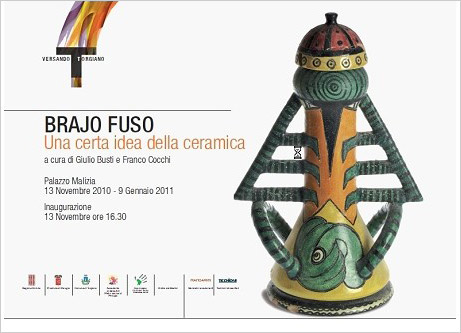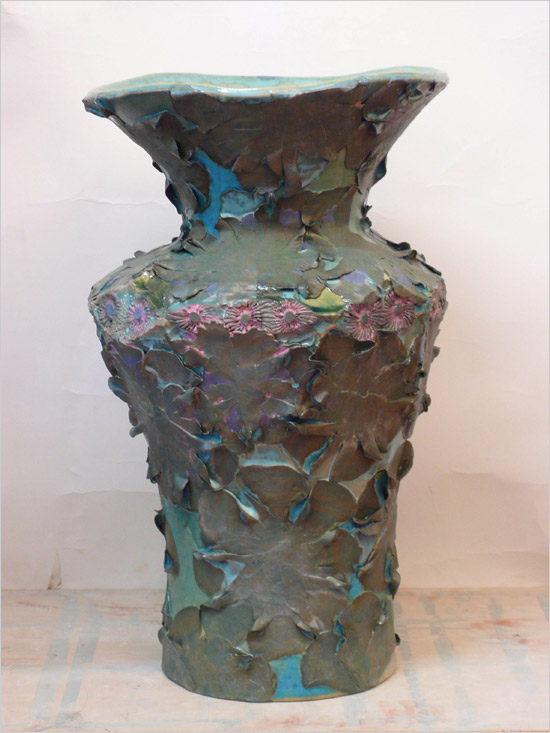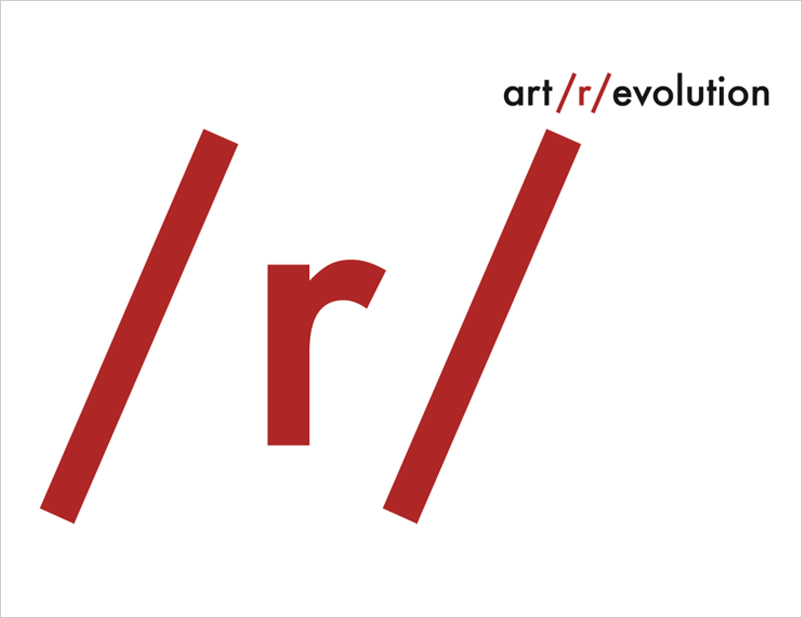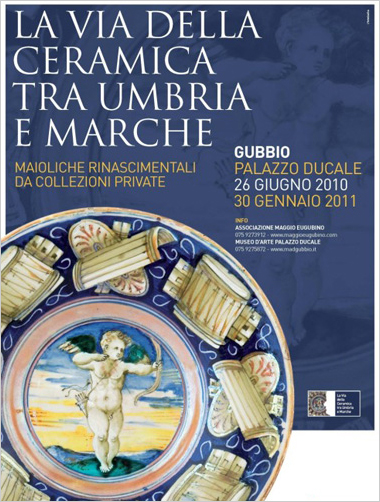Nov. 13, 2010 – Jan. 9, 2011
Torgiano, Italy
 Thirty years after his death, Umbria celebrates Brajo Fuso with two exhibitions.
Thirty years after his death, Umbria celebrates Brajo Fuso with two exhibitions.
The first one aims to sketch for the visitors the portrait of this eclectic Italian artist thru his paintings, sculptures and jewels. The other exhibition focuses on his ceramic works and, thanks to the curatorial effort of Giulio Busti and Franco Cocchi, it promises to cast some new light on Brajo’s creative path.
Brajo Fuso (1899-1980) is considered one of the most representative Italian artists of the 20th century. In 1943, in the middle of a successful medical doctor career, he started experimenting with color paints and wood, strings and clay, and any material that aroused his creativity.




